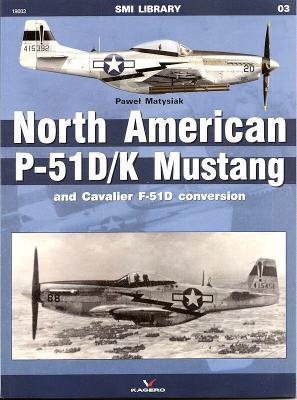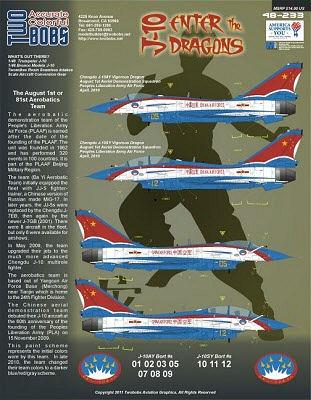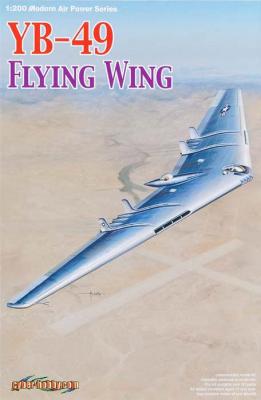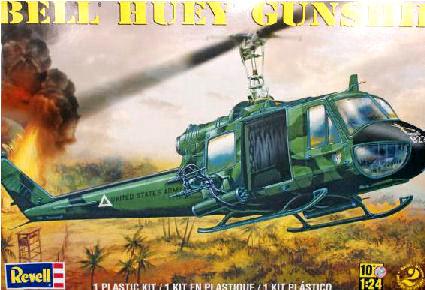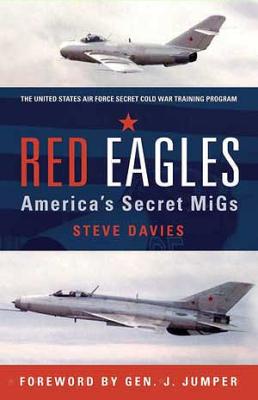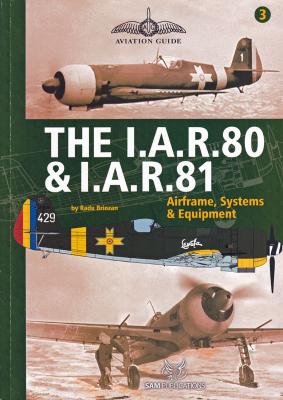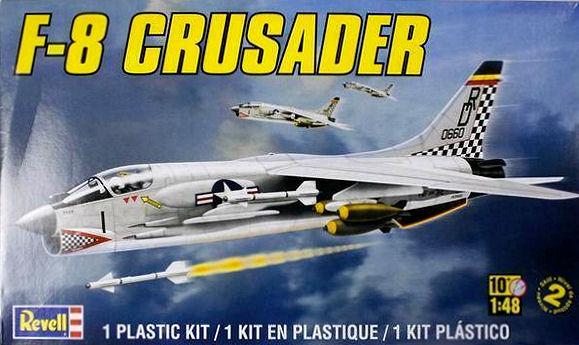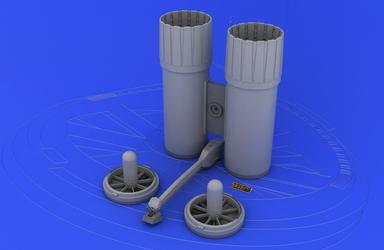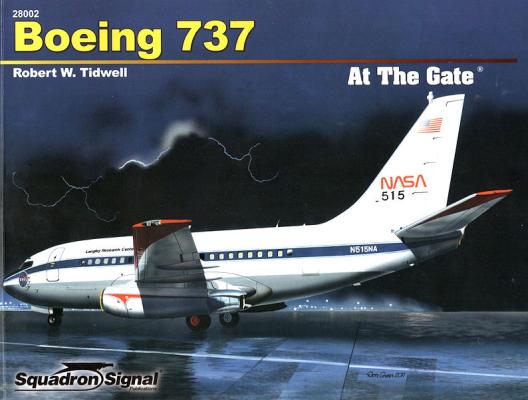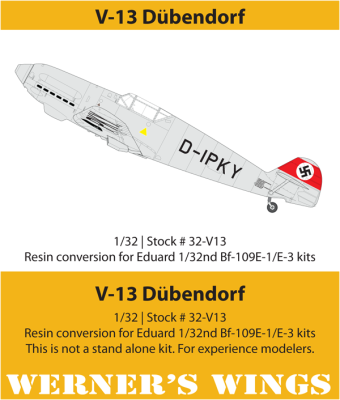When this book was announced and I looked at the contents, I knew I had to have it. You see, I have am working on a collection of aircraft from the 352nd Fighter Group, the Blue-Nosed, uh, Boys from Bodney. And this book has decals for one of the ones I’ve been unable to find. In fact, the book has decals in 1/32nd, 1/48th, and 1/72nd for four aircraft:
Set 48-233. Colorful markings from the first air show of the 2009 season of the J-10 Chinese Demo Team. There are markings for both the single- and two-seat variants of the J-10. There are enough options on this sheet to build 1 each of any of the jets from the 2009 air show season.
Two sheets of decals are included in this set. Markings include national insignia, Demo Team logo, aircraft numbers, stunning tail markings, and various red and white scallops.
Decals are sized for both the Bronco and Trumpeter 1/48th scale kits.
Set 48-234. More colorful markings from the first air show of the 2010/2011 season of the J-10 Chinese Demo Team. There are markings for both the single- and two-seat variants of the J-10. There are enough options on this sheet to build 1 each of any of the jets from the 2010/2011 air show season.
Designed by Jack Northrop and built by his company, the YB-49 symbolized the culmination of his work with flying wing designs that began with the N-1M when he started his company in 1939. There were a total of three of these aircraft that actually took to the air, two YB-49s and a single YRB-49A. All were converted from XB-35 airframes, trading in the four Pratt and Whitney R-4360 engines and counter-rotating propellers for eight Allison J-35-A-15 jet engines on the YB-49, or in the case of the YRB-49A, six Allison J-35-A-19 jet engines. The aircraft was 172 feet across, 53 feet 1 inch in length, and stood 15 feet 3 inches tall.
Thanks once again to our friends at Revell for re-releasing the largest static Huey model kit once again and providing IPMS/USA a copy to review! We certainly appreciate the opportunity…
A bit of history: This kit is a re-release of the former Monogram 1/24th UH-1B “Visible Huey.” Originally released in 1970, it is said supposedly to have been a one-time run due to low sales. That’s sad, because it’s a really great kit of a great aircraft, and the operating features actually worked well. I have provided pictures of my built-up visible Huey next to the new release version for those of you who have not seen one. (It is not for sale, and many parts shown are NOT in the review kit….I provide these pictures for comparison only). I’ve seen these go for over $600 as collector items.
During the Vietnam War, it became apparent that the tactics used by American pilots were not working well. An effort was made to analyze all US vs. MiG engagements, which became known as the Red Baron reports. The study recommended that Dissimilar Air Combat Training (DACT) was needed and, further, that the Air Force needed to give its fighter pilots realistic training with enemy aircraft or realistic substitutes. Aggressor squadrons were formed, assembled and put to use training and flying T-38s and F-5s to provide the Air Force fighter pilots DACT training. The Navy also formed TOPGUN as an Adversary training squadron to do this same training. The last part of the Red Baron recommendations did come about with the acquisition of MiG assets and American pilots to fly them in realistic training with CONSTANT PEG. The American pilots flew as members of the 4477th Test & Evaluation Flight and became known as the Red Eagles.
I’ve loved the looks of the I.A.R.80 since the LTD model came out. There is something about the look of the airplane that makes it look like the Hughes racer. It is sleek and sexy and relatively unknown in the western world.
Prior to this book, there have been very few references available on the I.A.R.80. There was a book published in Rumanian, and later French, I.A.R.80 – The History of an Unknown Fighter, which is very good. I have a copy and the photos make it worth the price of admission. However, I can’t read it. This book by noted Rumanian aviation historian, Radu Brinzan, fixes that.
This kit is a re-release, complete with raised lettering on the underside of one stabilizer showing the 1988 date. The decals are new. It is highly recommended as the next kit for a younger modeler ready to move up from snap-together kits.
The kit shows its age in the uncomplicated engineering, raised panel lines, and very simple cockpit – but it is a true delight to build. 62 parts come in the box, and there are two options, one Navy and one Marine Corps. The instructions show the Navy version with Sidewinder missiles and the Marine version with 6 roughly 500 lb pound bombs. The in-flight refueling station can be built closed or with probe extended. The instructions are clear and easy to read – with one exception. A list of parts and color guide is included, though no call-outs for any particular brands.
When Eduard started their "Brassin" series of detail parts, they really raised the bar for aftermarket detail manufacturers. Burner cans and exhausts, regardless of the scale, have always been an area that was badly in need of assistance, even with kits like Tamiya's F-4J Phantom. That seam down the middle of tubular structures has always been a modeler's nightmare. Eduard's Brassin series has done a fantastic job of taking care of that problem and has taken even resin casting to a new level.
Thanks to Gary Newman of Squadron/Signal Publications and to IPMS/USA for giving me the opportunity to review this delightful overview of one of the standard airliners flying today. The book is written by Robert W. Tidwell and is lavishly illustrated with wonderful examples of 737s around the world. Each page has one or more color photos, superb Don Greer renderings, line drawings by Melinda Turnage, or aircraft version specs. I reviewed the softcover edition. The photography is excellent throughout and they are all color. The “At the Gate” series concentrates on commercial or private aircraft and is similar to the “Walk Around” series, also by Squadron/Signal.
- Werners’ Wings Bf-109 V-13, #32-V13RS, $45.00
- Eduard Bf-109E Over the Balkans Peninsula, #1156, $89.95
I was given the opportunity to review the Eduard 1/32nd scale “Bf-109E over the Balkans Peninsula” and since I’d already built the Eduard kit I thought why not use it to build the V-13 Record Setter. Luckily for me, IPMS thought why not as well.

